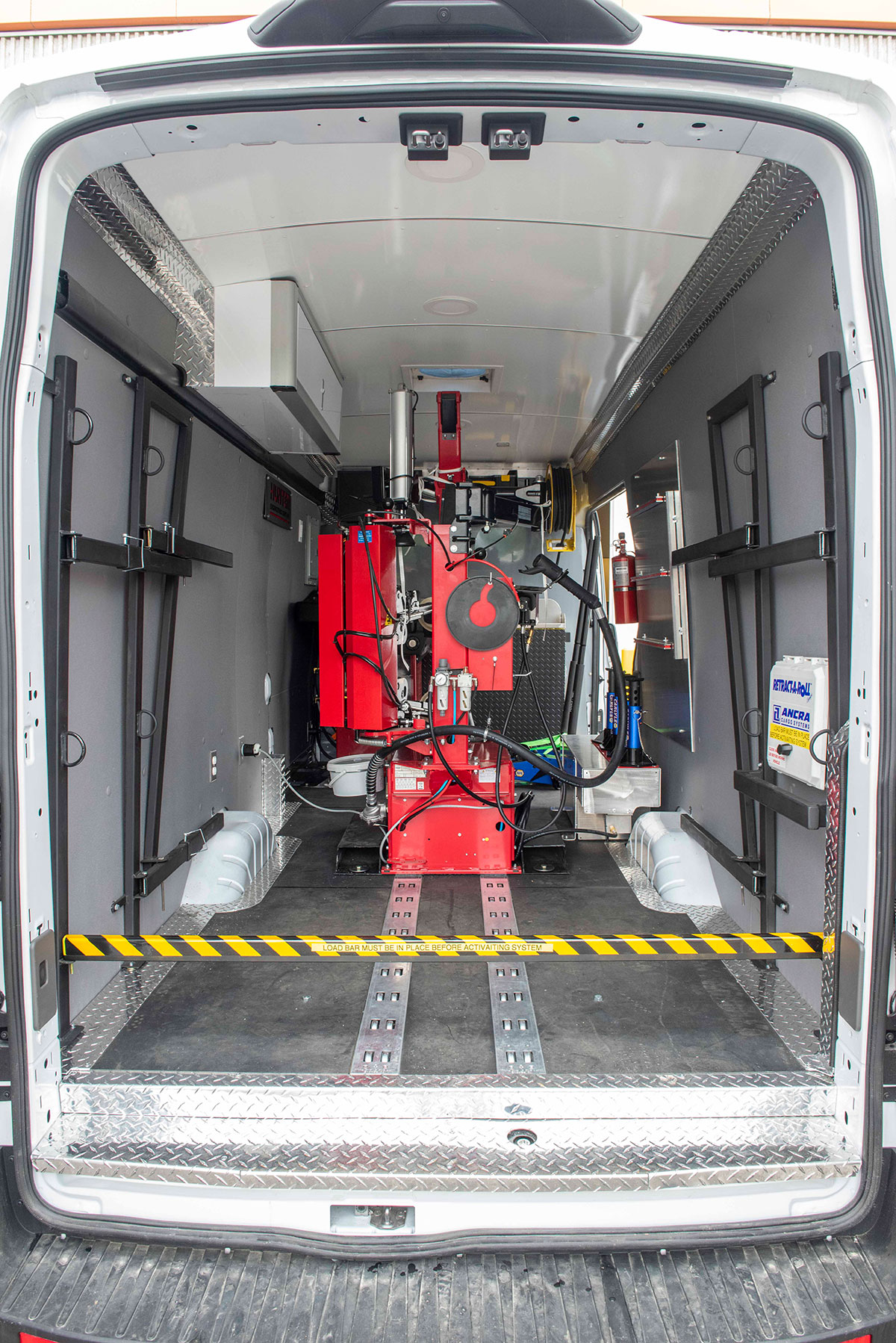Efficient Flat Tire Repair Las Vegas - Mobile Assistance
Efficient Flat Tire Repair Las Vegas - Mobile Assistance
Blog Article
Tire Solution: Proven Methods for Ideal Tire Maintenance and Treatment
From ensuring appropriate tire stress to regular rotation and positioning, there are tried and tested approaches that can considerably prolong the life-span of your tires and enhance overall driving experience. Let's dig right into the globe of tire solution and uncover the secrets to keeping your tires in first-class shape for the lengthy haul - Mobile Tire Repair Las Vegas.
Significance of Tire Pressure
Correct tire stress is a vital aspect in ensuring optimal vehicle performance and safety and security when traveling. Preserving the advised tire pressure levels supplied by the maker offers various benefits. Adequate tire pressure advertises much better gas efficiency, as under-inflated tires can lead to boosted rolling resistance, creating the engine to function harder and consume more fuel. Appropriate tire pressure makes sure also walk wear, improving tire durability and saving money in the long run by delaying the requirement for premature substitutes. Additionally, properly blew up tires add to boosted handling and stopping capacities, critical for secure driving in various road conditions. Over-inflated tires, on the other hand, can lead to minimized grip and a harsher adventure. Conversely, under-inflated tires are susceptible to getting too hot, which can bring about mishaps and blowouts. Routinely inspecting and changing tire pressure, especially eventually trips, is a basic yet reliable way to enhance car efficiency, expand tire life-span, and focus on safety on the road.
Tire Rotation Guidelines
When taking into consideration tire rotation guidelines, it is essential to comprehend the importance of this maintenance job in making best use of tire life expectancy and keeping ideal vehicle efficiency. Tire turning involves changing the position of each tire on a vehicle to ensure even step wear. Front tires often tend to put on faster than rear tires due to steering forces, making routine rotation critical for balanced wear patterns. The recommended rotation pattern varies relying on whether a lorry is front-wheel, rear-wheel, all-wheel, or four-wheel drive. Normally, tires should be revolved every 5,000 to 7,500 miles, or as recommended in the automobile handbook. Neglecting tire rotation can result in irregular wear, affecting handling, grip, and possibly compromising lorry safety. By adhering to appropriate turning standards, vehicle drivers can extend the life of their tires, enhance fuel efficiency, and enhance overall driving experience. Regular rotation is an easy yet efficient upkeep technique that adds considerably to tire longevity and vehicle efficiency.

Advantages of Wheel Alignment
Guaranteeing appropriate wheel placement after tire turning is important for keeping balanced wear patterns and making best use of car performance. Furthermore, proper wheel alignment helps to extend the life expectancy of your tires. Misaligned wheels can cause uneven tire wear, leading to early tire substitute and boosted maintenance costs.

Tire Footstep Depth Examine
Doing a routine inspection of tire walk deepness is vital for maintaining risk-free driving problems and prolonging the life expectancy of pop over to this web-site your tires. The tread on your tires plays an essential duty in supplying grip, particularly in unsafe or wet problems. To check your tire walk depth, you can utilize a site web tread deepness gauge or the cent examination. The advised tread depth is at least 2/32 of an inch. It is time to change your tires to make certain optimal performance and security on the roadway if the tread depth is below this limit. Irregular step wear can indicate issues with tire suspension, pressure, or alignment, highlighting the relevance of regular tread depth checks. Overlooking to keep an eye on and keep correct step depth can lead to decreased hold, longer stopping ranges, and a raised threat of hydroplaning. By incorporating tire tread depth check out your regular maintenance routine, you can drive with self-confidence recognizing that your tires remain in top problem.
Seasonal Tire Evaluation
Seasonal tire assessment is a basic facet of tire upkeep that makes sure tires are prepared to deal with the difficulties posed by different weather conditions. In preparation for winter, it is important to inspect the tire pressure on a regular basis as cool temperature levels can trigger tire pressure to drop. By carrying out regular seasonal tire examinations, vehicle drivers can prolong tire life-span, boost gas performance, and most notably, make sure a protected driving experience in varying weather problems.
Verdict
To conclude, keeping correct tire stress, rotating tires routinely, aligning wheels appropriately, keeping track of walk deepness, and carrying out seasonal inspections are crucial methods for optimal tire treatment. By following these confirmed techniques, drivers can guarantee this contact form their tires last longer, execute much better, and contribute to general car safety and security. It is necessary to focus on tire upkeep to avoid crashes, improve gas performance, and prolong the life-span of tires.
Appropriate tire pressure promotes better gas efficiency, as under-inflated tires can lead to boosted rolling resistance, causing the engine to function more difficult and take in even more fuel.When taking into consideration tire rotation standards, it is necessary to comprehend the significance of this upkeep task in optimizing tire lifespan and maintaining ideal lorry performance. Seasonal tire examination is a fundamental element of tire upkeep that ensures tires are prepared to encounter the difficulties presented by different climate conditions. By carrying out regular seasonal tire examinations, drivers can extend tire life-span, boost fuel effectiveness, and most notably, ensure a secure driving experience in varying weather condition problems.
In final thought, keeping proper tire pressure, turning tires routinely, lining up wheels properly, checking tread depth, and carrying out seasonal assessments are necessary techniques for optimum tire treatment.
Report this page